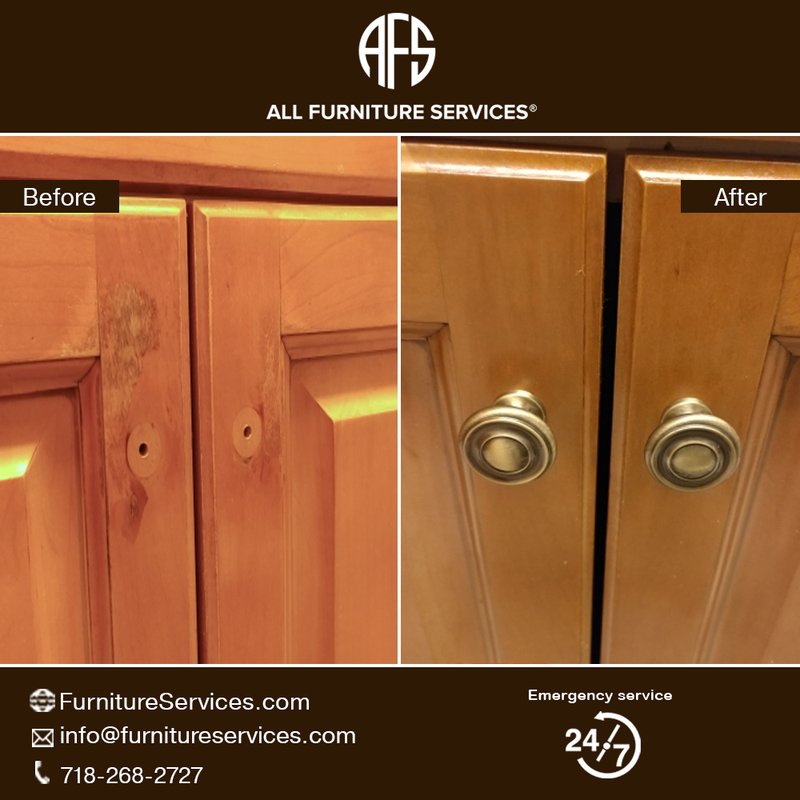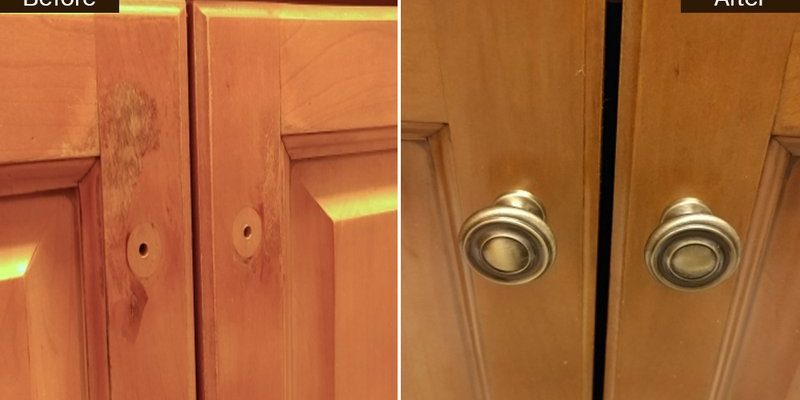
Door hardware comes in various finishes, from shiny chrome to rustic bronze. Each has its own charm, but unfortunately, they can be susceptible to wear and tear. Think of your door hardware as the jewelry of your home; it needs care to keep shining. Let’s dive into the common causes of peeling finishes and explore how to troubleshoot these issues effectively.
Understanding the Types of Finishes on Door Hardware
Before we dive into troubleshooting, let’s talk about the different types of finishes you might encounter. Door hardware can come in several styles, each offering its own unique look and feel.
- Polished Chrome: This shiny finish is popular for its sleek appearance but can be prone to scratches.
- Satin Nickel: A soft, muted finish that resists fingerprints but may show wear over time.
- Oil-Rubbed Bronze: This rustic look adds character but can fade if not maintained properly.
- Brass: A classic choice that can tarnish and peel if exposed to moisture.
Each finish has its pros and cons. For instance, polished chrome is beautiful but can scratch easily, while oil-rubbed bronze can change color over time. Understanding your finish type can help you troubleshoot peeling issues more effectively.
Identifying the Causes of Peeling Finishes
So, why do finishes peel in the first place? Identifying the right culprit is essential to solving the problem. Here are a few common reasons:
- Moisture Exposure: If your door hardware is near a bathroom or kitchen, steam and water can cause finishes to peel.
- Improper Cleaning Methods: Using harsh chemicals or abrasive materials can strip away the protective layer of a finish.
- Wear and Tear: Over time, even the sturdiest finishes can start to show their age, especially on frequently used hardware.
- Manufacturing Defects: Sometimes, the peeling might result from poor quality control during production.
Understanding these factors will help you troubleshoot effectively. You might be wondering, “How do I know if it’s moisture or cleaning chemicals?” A simple test could be to look for water stains around the hardware. If they’re present, moisture might be the issue.
Assessing the Damage on Your Door Hardware
Once you’ve identified potential causes, the next step is to assess the damage. This involves looking closely at the affected hardware. Here’s what to do:
1. Visual Inspection: Check if the peeling is localized to a specific area or widespread. This will give you clues about the cause.
2. Feel the Surface: Run your fingers along the finish. Is it rough or smooth? A rough surface could indicate that the protective coating is breaking down.
3. Check for Loose Parts: Sometimes, the peeling might be accompanied by loose screws or fittings. Tightening these can help reduce stress on the finish.
Assessing the damage can guide your next steps. If it’s just a small patch of peeling, you may be able to fix it. But if the damage is extensive, you might need to consider a replacement.
Cleaning and Preparing the Surface
Before you attempt any repairs, proper cleaning is crucial. Here’s how to do it:
1. Gather Your Supplies: You’ll need a soft cloth, mild soap, and warm water. Avoid anything abrasive.
2. Wipe Down the Hardware: Gently clean the surface to remove dirt and grease. This step can help the new finish adhere better.
3. Let It Dry: Make sure the surface is completely dry before moving to the next step. Moisture can hinder the repair process.
Cleaning also gives you a chance to inspect for any additional issues like rust or corrosion. If you notice these, you may want to address them before applying any fixes.
Repairing Peeling Door Hardware Finishes
Now, let’s talk about what you can do to repair those pesky peeling finishes. Here are some effective methods:
1. Touch-Up Paint: For small areas, consider using touch-up paint that matches the existing finish. Apply carefully with a fine brush.
2. Clear Coat: If the base finish is still intact, a clear coat can provide an added layer of protection. Just be sure it’s compatible with the original finish.
3. Repainting or Refinishing: If the damage is extensive, sanding down the hardware and applying a new coat of paint or finish might be necessary. Follow the manufacturer’s instructions for the best results.
Remember, patience is key here. Let each coat dry thoroughly before applying another. Rushing this process can lead to more peeling down the line.
Preventing Future Peeling of Door Hardware Finishes
Now that you’ve repaired your hardware, let’s ensure it stays looking great for years to come. Here are some useful tips:
1. Routine Cleaning: Regularly dust and clean your door hardware using a soft cloth and mild soap. This prevents buildup that can lead to peeling.
2. Avoid Harsh Chemicals: Stick to gentle cleaners designed for your specific finish. Harsh chemicals can degrade the protective layer.
3. Control Moisture Levels: If your hardware is in a humid area, consider using a dehumidifier. Reducing moisture can significantly extend the life of your finishes.
Taking these preventive measures can save you time and money in the long run. You’ll keep your door hardware looking fresh and functional.
When to Consider Replacement
Sometimes, repair isn’t enough, and that’s okay. Here are signs it might be time to replace your door hardware:
1. Severe Damage: If the peeling is extensive and can’t be easily repaired, it might be best to invest in new hardware.
2. Functionality Issues: If the hardware isn’t working properly—like sticking or jamming—it may be more cost-effective to replace it.
3. Outdated Style: If your door hardware is dated, a new finish or style can refresh your space.
Replacing hardware doesn’t have to be daunting. Take the time to explore options that fit your aesthetic and budget.
In conclusion, peeling finishes on door hardware can be a nuisance, but with a bit of understanding and effort, it’s manageable. From identifying the cause to cleaning, repairing, and preventing future issues, you’ve got this! Consider taking the time to maintain your door hardware, similar to how you’d care for a favorite piece of jewelry. With the right approach, you can keep it looking great and functioning well for years to come.
